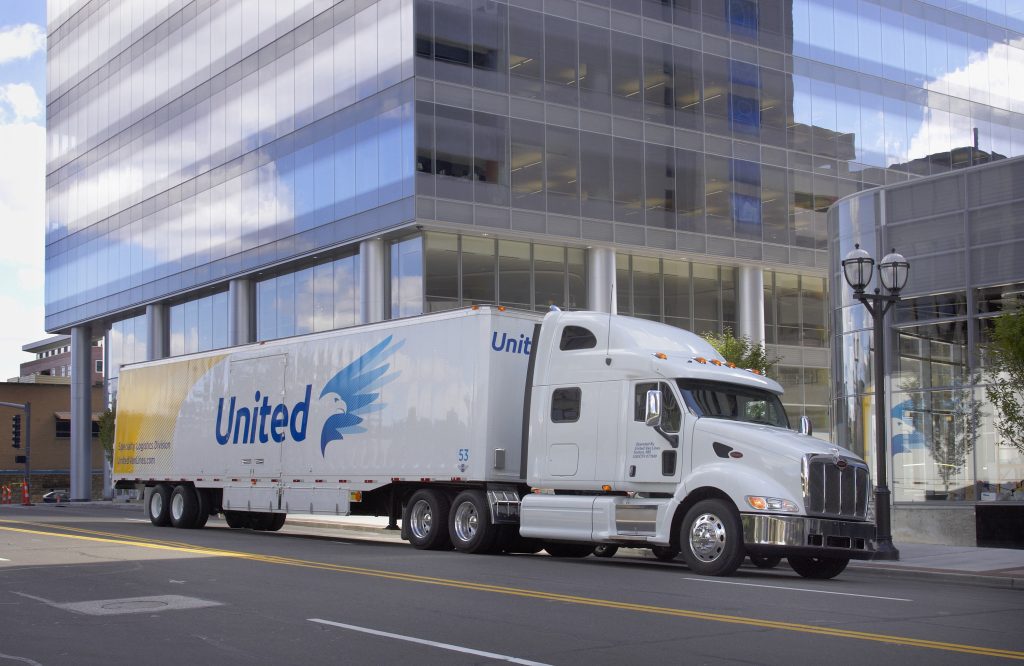So, you’ve decided to move far away, and now comes the hard part – how do you get from your current place to your new one? Long-distance moves present unique challenges, which you have to figure out before moving day.
Fortunately, we’ve compiled a four-step list on how to plan for a long-distance move. Follow these guidelines, and your trip will be as smooth.
What is a “Long-Distance” Move?
Long-distance moves generally involve changing states or countries. For example, if you’re just moving one county over, that may be considered a local move. A long-distance move might also be referred to as an interstate move or a cross-country move.
Some of the factors you have to consider with long-distance moving include:
- Higher Costs – Hotel stays, overnight rentals, and professional movers add up to a significant bill.
- Longer Moving Period – You may take a few days or more to get to your new place, so you have to plan accordingly.
- Logistical Changes – If you’re going to a new state or country, you’ll have to fill out paperwork for various personal documents and IDs.
Step One: Start Downsizing
Every item you bring with you can add an extra cost. So, get your household goods to a manageable quantity making a move as streamlined as possible.
Downsizing is also beneficial for other, non-financial reasons, such as:
- Simplify Your Life – Reduce clutter and keep a simplified existence.
- Reduce Stress – Fewer belongings mean cleaner, neater interior spaces, which can help you relax.
- Less Upkeep – You don’t have to clean and maintain as many items, saving you time and energy.
Step Two: Start Prepping
With local moves, you can be a bit more casual with your planning. For long-distance journeys, the sooner you start, the better. Elements to begin planning for include:
- Utilities – Call to make sure that your utility hookups will be ready when you arrive.
- Moving Supplies – Do you have enough boxes and packing tape for your belongings? Are you using a professional mover or renting a truck?
- Travel Accommodations – How many nights will you spend on the road? Will you spend more than one night in a single location? Plan your route and make reservations as soon as possible. Also, consider any height or length restrictions if you’re driving a truck. For example, large vehicles can’t always fit in hotel parking spaces.
Step Three: Start Packing
Even if your move is local, you want to start with less-used items and work your way up to the essentials. Keep your daily belongings (e.g., toiletries, clothes, etc.) handy so that you don’t bury them in a random box.
Another way to stay organized is to write inventory lists on each box. This way, you know what’s inside without having to open the box and remove all of its contents.
Step Four: Consider Last-Minute Details
If you forget something, you won’t be able to come back and get it once you’re on the road. Write a checklist of everything you have to do, and then triple-check it before leaving. Items that can get forgotten include:
- Stopping Current Utilities
- Cleaning and Painting
- Selling or Removing Old Furniture
- Travel and Food Accommodations
Get Moving Help For Your Long-Distance Move!
No matter how far you’re moving, you can rely on us to make the process as easy and smooth as possible. So contact us today, and let us take the stress off your plate!



